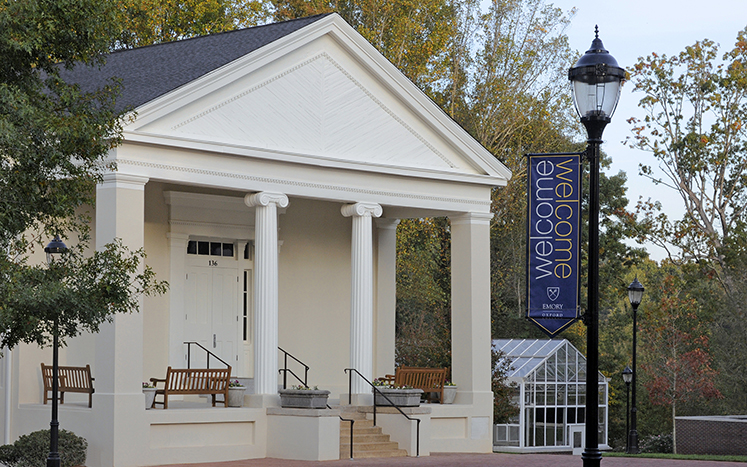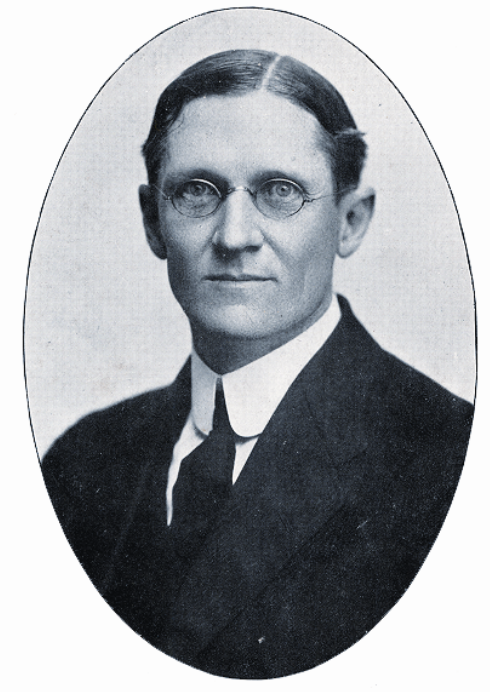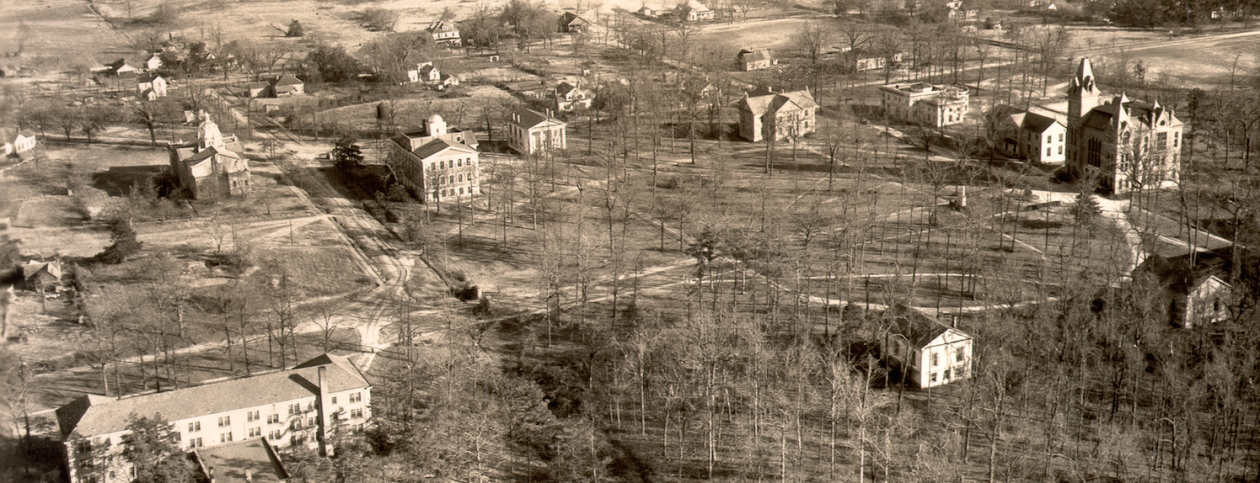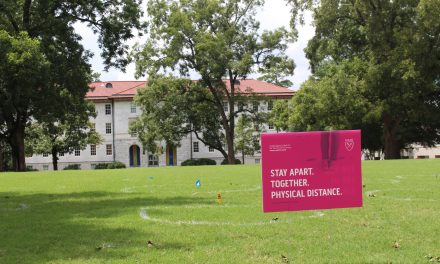Although Emory University administration has attempted to correct past injustices over the last few years — such as establishing a scholarship for descendants of enslaved people, creating the Task Force for Untold Stories and Disenfranchised Populations and acknowledging the Muscogee tribe’s historic ownership of Emory’s land — numerous racist acts and practices have muddied the University’s reputation since its chartering in 1836. The Wheel explores some of the University’s historic ties to racism lesser known to the student body, from its establishment to present day.
Emory’s founding and early years are linked with the slave trade. University namesake John Emory owned enslaved people — who he freed in his will — and opposed abolition, often in disagreement with his contemporaries. While presiding over an 1835 Methodist conference in New Hampshire, John Emory refused to put a pro-abolition statement from the general body to an official certification vote, despite 57 out of 65 members supporting such a report.
In a later letter in the “Christian Advocate and Journal,” John Emory and fellow minister Elijah Hedding argued that abolitionism produced “pernicious results” and stated that abolitionist measures weren’t protected by the New Testament.
Research Scholar in the Department of Anthropology at Brandeis University (Mass.) Mark Auslander, who also used to work at Emory, said John Emory was one of the Methodist establishment’s “own.”
“He was not a proponent of radical abolitionism,” Auslander said. “He was certainly of that class of slave owners with whom the Southern Methodist, white elite felt comfortable.”
Auslander added that the chair of the Methodist board that chartered Emory, Bishop James Andrew, “certainly wouldn’t consider having the new institution named for an abolitionist.”
While there’s no evidence that the University owned enslaved individuals, Emory College rented enslaved people from slave owners to construct buildings on the Oxford campus. Administration recognized that enslaved people built Oxford’s Tarbutton Hall and Phi Gamma Hall, the latter having been used as a Confederate hospital during the peak of the Civil War.

Oxford’s Phi Gamma Hall was constructed by enslaved peoples. (Emory University)
According to Auslander, however, enslaved individuals likely played a greater role than constructing a couple buildings. At Emory’s racial justice symposium in September 2021, Auslander noted that most labor in Emory’s early days was carried out by enslaved people.
Historically, the University has a history of punishing those who spoke out against racism.
In 1902, Professor of Latin Andrew Sledd lost his position at Emory College as a consequence for criticizing hate-spurned lynching, according to “Where Courageous Inquiry Leads,” by University Historian Emeritus Gary Hauk and Assistant Director of Publications Sally Wolff-King.
After bearing witness to the brutal murder of a Black man condemned by the media for an alleged killing, Sledd wrote a essay entitled “The Negro: Another View,” which was published in the July 1902 issue of The Atlantic. Although he insisted that Black people were still inferior, Sledd argued that justice should be equal and that white and Black men should receive equal punishment when accused of the same crime.
“The home of the negro is as sacred as that of the white man; his right to live as truly God-given.” Sledd wrote. “There is nothing in a white skin or a black to nullify the essential rights of man as man.”
Many people saw Sledd’s article as denouncing the South as a whole, sparking outrage.
”His speaking out on the injustice of this became him speaking out against the white race and white Southerners,” Hauk said. “It was perceived as a betrayal of his roots and his class.”
First female U.S. Sen. Rebecca Latimer Felton (D-Ga.), who was a slaveowner and supported lynching, published numerous responses to Sledd’s article.
“Pass him on!,” Felton wrote in one of the essays. “Keep him moving! [Sledd] does not belong in this part of the country.”
Sledd realized he had no other choice than to resign from the University, or risk being unceremoniously forced out of the school.

Professor of Latin Andrew Sledd in 1902. (Emory University)
“It seems to me likely … that our college may suffer some harm, or at least be temporarily embarrassed, by continuing to maintain upon its faculty a man who is even supposed to entertain such sentiments as have been attributed to me,” Sledd wrote in his resignation letter.
Emory held a conference in 2002 to reflect on the Sledd affair 100 years later. Sledd’s son, Professor of English at the University of Chicago James Sledd (36C), was the keynote speaker.
“There was a graciousness about his remarks, and a sense that his father had come to terms with what had happened in 1902,” Hauk said. ”He had really, in some ways, felt vindicated in the bigger picture.”
“I want to honor my father by following his example,” said James Sledd at the conference. “I know what I ought to say as my father’s son. Reason’s not treason — yet.”
Including James, seven of Sledd’s children would eventually graduate from Emory, six with Phi Beta Kappa honors.
While Emory apologized for the consequences of the Sledd affair in 2002, the administration faced allegations of further faculty discrimination only fifteen years earlier.
In 1987, the University denied tenure to Sondra O’Neale, a Black female professor of English. The decision was met with outrage from students, as O’Neale was well-liked on campus; she had been voted “Teacher of the Year” twice by the Black Student Alliance. About 500 students protested the denial and a petition to reverse the decision garnered 1,400 signatures.
Two years later, the University hired a private consulting firm, The McClain Group, to review Emory’s hiring and tenure practices. The year-long study offered suggestions on how Emory could improve with hiring minority faculty, Hauk said.
Although the University has begun to acknowledge and educate others on its racist past, Black voices are still underrepresented amongst Emory students decades later. In 1987, the same year as O’Neale’s tenure denial, Black students made up about 7% of Emory’s population, but only 3% of tenured faculty were Black. Today, 35 years later, that number is only five percentage points higher, despite that about 50% of Atlanta’s population is Black.
Hauk said the University could begin diversifying its student body by pairing more closely with public city schools, in which Black students make up 72.1% of the population. For instance, Emory currently has programs such as the Emory Pipeline Collaborative (EPiC), which helps high schoolers prepare for professions in medicine.
“Could we be doing more?,” Hauk asked. “Probably. There’s always room for more.”





